The New Hollywood era of the 1970s spawned a renaissance within crime fiction that continues to spawn imitators today, with classics like “The Godfather,” “The French Connection,” and “The Conversation” holding up to this day. While much of these films’ impact is credited to the thoughtful characterization, social themes, and political relevancy, there were also stylistic hallmarks that made them gripping and visceral, as American cinema had finally learned to stop censoring itself under the MPAA system.
Given that it is based on a true story set in the ‘70s and deliberately invokes the aesthetic of classics like “Dog Day Afternoon” and “The Taking of Pelham One Two Three,” it should come as no surprise that Gus Van Sant’s first film in nearly a decade is a successful throwback. “Dead Man’s Wire” may not have as much to say as the all-time masterpieces it’s clearly modeled after, but part of the film’s pleasure is its interrogation of history’s short memory.
Set in 1977, “Dead Man’s Wire” introduces Tony Kiritsis (Bill Skarsgard) as an infuriated, determined citizen who is dead-set on not becoming another victim of the system. Kiritsis’s anger is targeted towards M.L. Hall (Al Pacino), who denied him an extension after falling behind on his mortgage payments.
Kiritsis had intended to storm Hall’s office with a sawed-off shotgun in order to create a public spectacle, but his plan is altered when the banker’s son, Richard (Dacre Montgomery), is the only representative. Seeing no other alternative, Kiritsis kidnaps the younger Hall with a wire strapped around his neck that would trigger a shotgun blast; should police attempt to intervene and take out Kiritsis, Hall would likely be killed in the crossfire.
Although Kiritsis is clearly unstable and agitated, he’s not immune to reason. While he desires the payments to clear his debts, his larger goal is to get the elder Hall to issue a public apology for the financial ruin he has caused his clients. These technicalities are merely an annoyance to Detective Michael Grable (Cary Elwes) and the other authorities, who are under pressure to resolve the situation peacefully, given the increased media attention that Kiritsis incited.
In addition to the ambitious young reporter Linda Page (Myha’la), who feels that the story could be her big break, Kiritsis has also made contact with the popular radio DJ Fred Temple (Colman Domingo), who is unexpectedly forced to become a moderator within the situation.
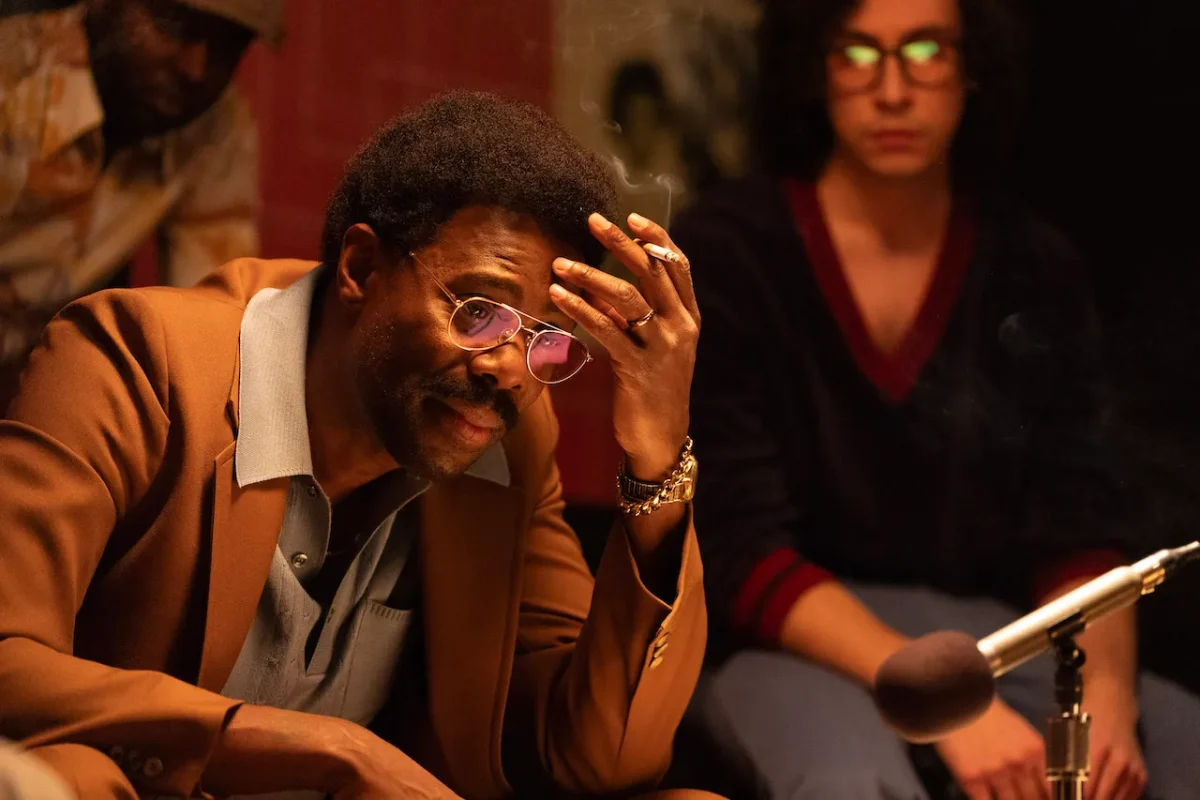
Van Sant’s experimentations with realism are extensively documented, as the voyeuristic intensity of projects like “Gerry” and “Last Days” was undeniably effective, even if they attracted controversy over suggestions of exploitation. “Dead Man’s Wire” is a perfect comeback vehicle for Van Sant because it examines the legacy of Kiritsis as a political provocateur and an object of ridicule.
Skarsgard’s performance is idiosyncratic, mannered, and at times a bit goofy, but never inauthentic. While it’s evident that he was initially treated as a dangerous clown by curious media pundits and exasperated authorities, Kiritsis’ unapologetic clarity of intentions eventually inspired a degree of radicalization within his active viewers.
Also Read: 15 Best Movies that Take Place Within 24 Hours
It’s both an advantage and a detriment to “Dead Man’s Wire” that Van Sant is curious about the specific two-and-a-half-day period in which Hall was held hostage, as it is just enough time to see the pendulum swinging towards Kiritsis’ perspective. Although both the reporters and cops are willing to treat the entire ordeal as an abnormality, their willingness to bend over to Kiritsis’ demands suggests that his form of activism is an effective way to initiate change.
Van Sant has always had a talent for picking apart complex processes and examining the different parties in play, but “Dead Man’s Wire” doesn’t quite know how to represent the bystanders who weren’t directly involved in the situation. Outside of a few brief shots of pedestrians gathering around television news and Temple’s obsessive listeners, “Dead Man’s Wire” falls short in depicting the people that Kiritsis claimed to be fighting on behalf of.
If the film can’t quite find a way to expose Kiritsis to his impact (as he curiously did not seem to recognize his own power until his final moments), “Dead Man’s Wire” absolutely succeeds as a claustrophobic thriller. The dynamic between Skarsgard and Montgomery is fascinating because both characters are playing a role. They’ve engaged in a pretense of dignity to not incite escalation, but they’ve also begun to steadily understand each other by the nature of circumstances. Although Kiritsis viewed Hall as a hapless yet complacent extension of his father’s sharp grip over his clients, he’s opened up to the possibility that those expectations have put a different type of burden on him. Likewise, Hall recognizes that Kiritsis’ anger comes from pain and that he’s been fundamentally victimized based on the odds being stacked against him.
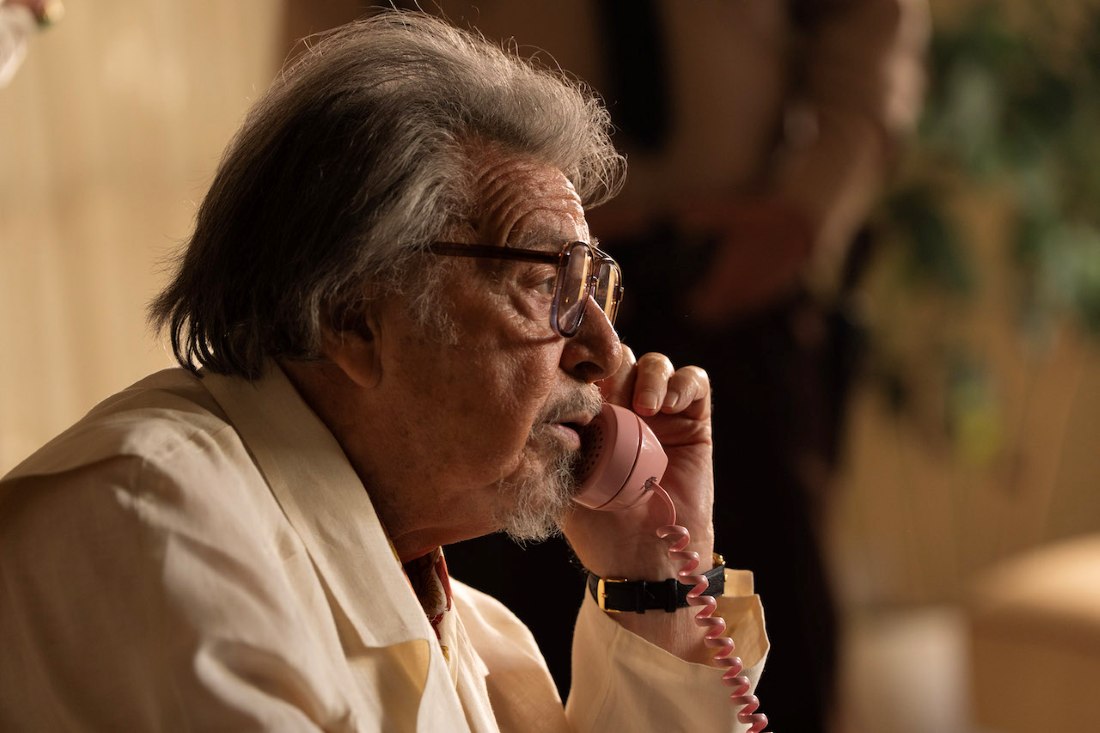
Van Sant is able to mine all the personal and philosophical tension between Kiritsis and Hall’s extended stay together without ever trying to sync them up with the derivative rhetoric of “we’re not so different.” At the end of the nightmarish incident, Hall is still deeply traumatized and terrified by his assailant, and Kiritsis knows that his victim is simply a means to an end. Although Van Sant rushes to make conclusions in the immediate aftermath, there’s some inherent entertainment value in the facts of the case, which resulted in a court case decision that was both surprising and deeply ironic.
“Dead Man’s Wire” has just the right area of narrow focus to effectively recapture the ‘70s with era-appropriate music, production design, and costuming, but Van Sant is also smart enough to pack the ensemble with memorable stars. Domingo is an obvious standout, as Temple is the closest thing to a moderate that the crime has. His transition from live-wire entertainer to unexpected chronicler is quite compelling. Although Pacino was likely chosen because he starred in several films that inspired Dead Man’s Wire, he’s given the chance to truly command the screen in a standout phone conversation—a reminder that he remains one of the all-time greats.
There was an era where “Drugstore Cowboy,” “To Die For,” and “Good Will Hunting” suggested that Van Sant would be one of the most essential filmmakers of his generation, and that reputation may have fallen after a series of critical disappointments. “Dead Man’s Wire” is easily his best film since “Milk,” and proof enough that his story is far from over.

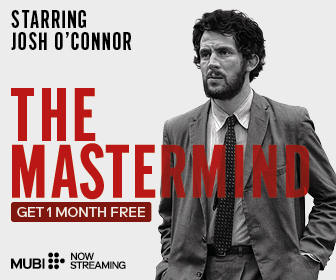


![The Twentieth Century [2020] Review: The art of Storytelling at its most Cinematically Bizarre](https://79468c92.delivery.rocketcdn.me/wp-content/uploads/2020/11/The-Twentieth-Century-highonfilms-3-768x577.png)

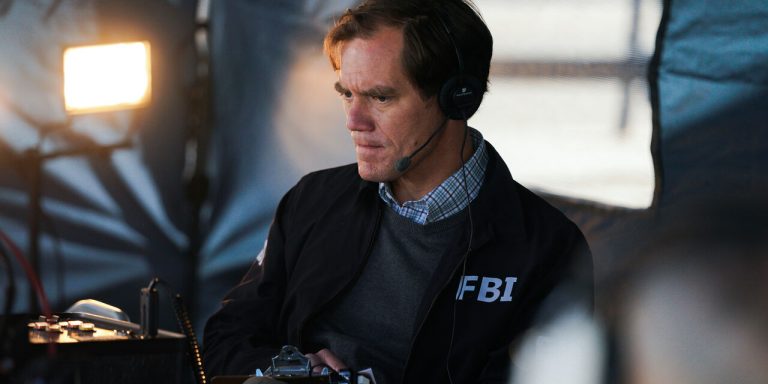
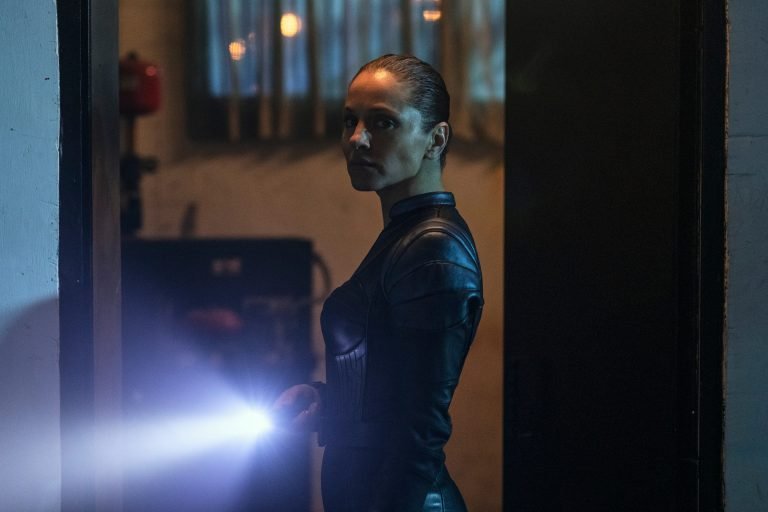
![Sully [2016] : Unabashed Ode to Common Man’s Heroism](https://79468c92.delivery.rocketcdn.me/wp-content/uploads/2016/12/14316924_1857127821181780_6952566500219667924_n-768x512.jpg)
